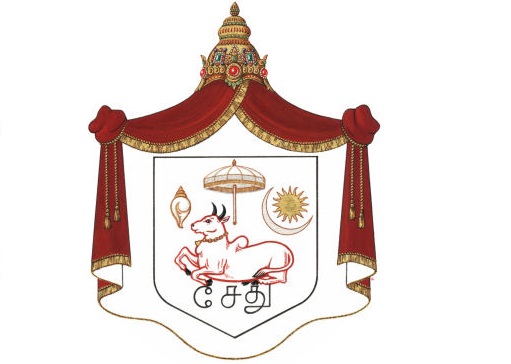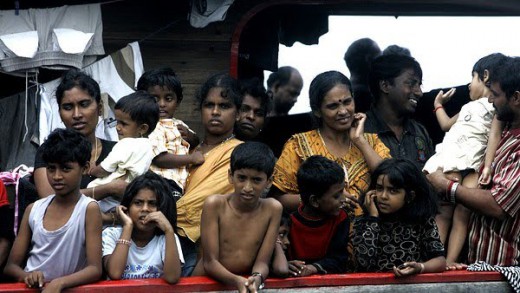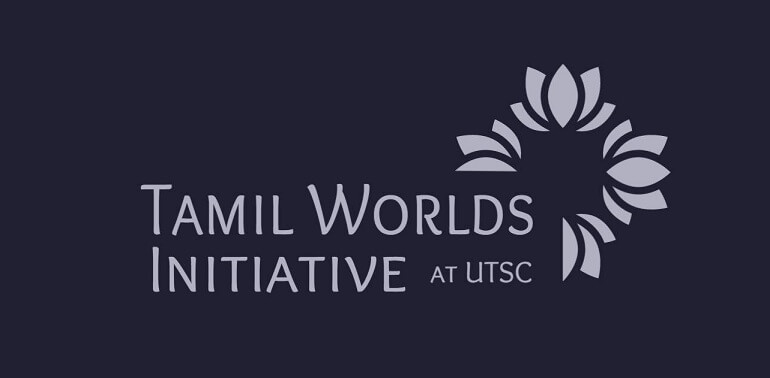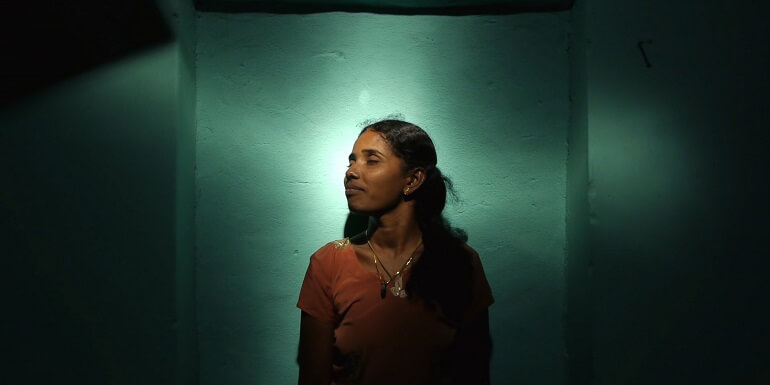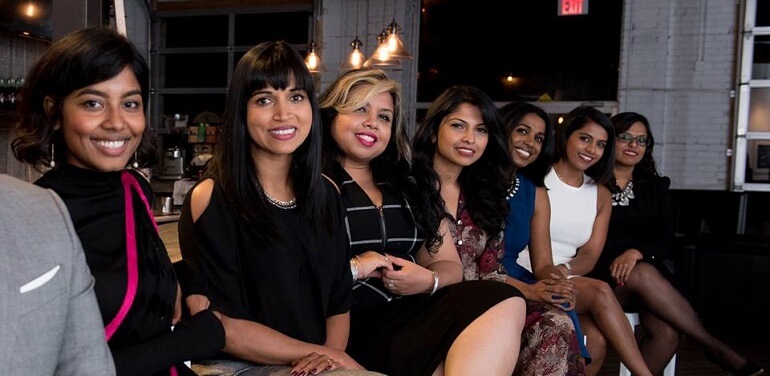As a child, I became familiar with the historical events of Sri Lanka leading up to the start of the civil war that erupted in 1983. I was told stories of how the island was called by many different names – the most common ones being Serendip from which the English word serendipity was coined, and Ceylon which was used by the British Empire and is still used by many to this day. I learned that Sri Lanka offered many goods and resources such as cinnamon, rubber and tea that enticed Europeans to frequent and eventually colonize the land.
The Portuguese were the first to arrive to the island and they established their empire; they were succeeded by the Dutch, and then the British who left their mark until Sri Lanka received its independence on the 4th of February 1948. Each of these European empires influenced the development of the country. This is still evident today by way of loan words found in both the Tamil and Sinhala languages, the fact that a portion of the collective population practises Christianity, and that the current education system closely resembles that of Britain. What intrigued me the most, however, was that prior to the arrival of the Europeans, Sri Lanka had prevailing dynasties on each of its four corners.
Throughout Sri Lanka’s medieval period, there have been many dynasties that have been established to govern and rule over its inhabitants. The central and eastern portions of Sri Lanka were ruled by the Kingdom of Kandy, while the southern and western portions (also known as the lowlands) were ruled by the Kingdom of Kotte. Other kingdoms have risen and fell throughout time, each of these contributing towards shaping the history of Sri Lanka to make it what it is today. The kingdom, however, that established the Tamil presence in Sri Lanka was the Jaffna Kingdom (யாழ்ப்பாண அரசு), also known as the Kingdom of Aryacakravarti (ஆரியச்சக்கரவர்த்தி அரசு).
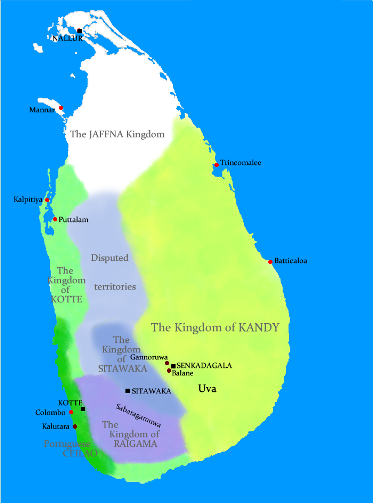
The Jaffna Kingdom came into existence in the 13th century. This kingdom is said to have been established along the northern shore of Sri Lanka by the Pandyan Empire in South India, and eventually gained more land by penetrating further south into the island. Eventually, it became a separate entity after the Pandyan Empire suffered a minor power collapse.
The Jaffna Kingdom at its height controlled territory that now lies in the Northern and North-western provinces of Sri Lanka. With the city of Nallur serving as its capital, it was a major contributing factor to the growth and development of Tamil culture, particularly in the 15th century.
Being less concerned with conquering the other existing kingdoms and exerting power over a wider swath of land, the rulers of the Jaffna Kingdom emphasized social development as a high priority. Local Tamil literature flourished and an academy for language development was established. With Saivism imposed as the state religion, many Hindu temples dedicated towards Lord Shiva, Murugan and Pillaiyar were built and helped establish the religious fervour of the kingdom. The Nallur Kandaswamy Temple – which is still frequented daily – was one of the royal temples at that time. Additionally, remnants of the Jaffna Kingdom can be found in Tamil Nadu through various inscriptions left by political and military leaders of the Jaffna royal family as this family traces its lineage to Tamil Brahmin origins from Rameswaram in South India.
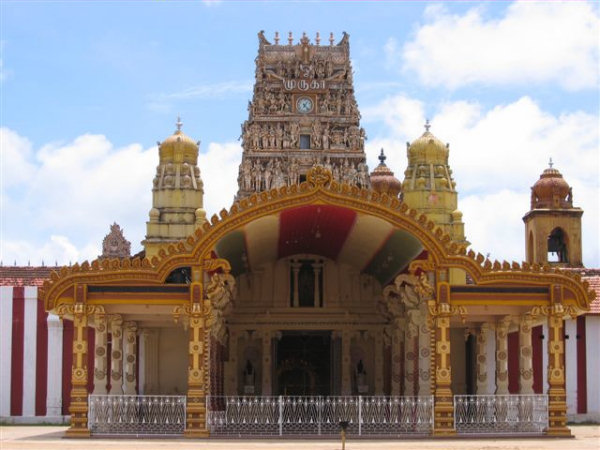
The Portuguese, who arrived in Sri Lanka in the 16th century, had the intent of taking control of the kingdom because of its strategic location connecting the southern parts of the island to India. Despite resistance by the Jaffna Kingdom, the Portuguese took control thus bringing an end to a kingdom in power for over four centuries. The Royal Family was ousted from its territory.
Although the kingdom may no longer be in power, the Royal Family has kept its lineage and is still survived to this very day. After having lost control to the Portuguese on the 11th of February 1621, the Royal Family was transported to Goa and offered either a life through conversion to Catholicism or death. The descendants who converted to Catholicism were eventually allowed to resettle in Jaffna. The current Head of the Royal House of Jaffna is the Raja Remigius Kanagarajah. He currently resides in exile in The Hague in the Netherlands.
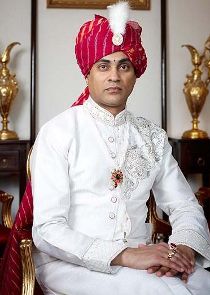
Although the Raja has been baptised a Catholic, he has been immersed in the Hindu traditions of the Tamil people so that he may fully understand and practice the beliefs of his ancestors. In addition to the full lineage of the Royal Family being preserved to prove that the Raja is the current successor to the throne, the coat of arms, royal flag, and the appropriate etiquette regarding the royal customs and traditions have all been preserved and can be found on their website. There is even a YouTube channel where the Raja posts videos (www.youtube.com/user/TheRoyalHouseJaffna).
In his welcome message, the Raja says the following:
“Although the Kingdom of Jaffna was conquered by the Portuguese in 1621, it still exists through me, my family and other existing descendants of the Royal Family of Jaffna. The reason I am coming forward now to claim this succession is grounded in a wish to educate the younger generation and the world about the fact that there was once a strong Kingdom in Jaffna which contributed positively to the lives of people in what is now present day Sri Lanka. Also I would like remind the world that Tamils have a rich cultural heritage of which they can be proud. My greatest hope is that I may be able to help in some way to bring peace to the dispersed Tamil people of Sri Lanka and to unite them as one nation. A lasting Peace can only be built on understanding and by working together. I hope and pray that peace may prevail over the people of Sri Lanka.”
The Royal Family of Jaffna still exists to this day. The current heir preaches a message of cultural unity and togetherness among the Tamils of Sri Lanka, as well as among Tamils dispersed across the globe in order to move Sri Lanka forward as a prosperous nation.
The Jaffna Kingdom and the Royal Family of Jaffna should be credited for its contributions towards the development and preservation of the Tamil culture in Sri Lanka throughout history. Though as a modern society in a globalized world we may never revert to such a form of governance, we should look to the past to take away positive lessons in establishing a brighter future.
Sources:
www.jaffnaroyalfamily.org
en.wikipedia.org/wiki/Jaffna_kingdom
en.wikipedia.org/wiki/Aryacakravarti_dynasty

 Alex Gunaseelan
Alex Gunaseelan